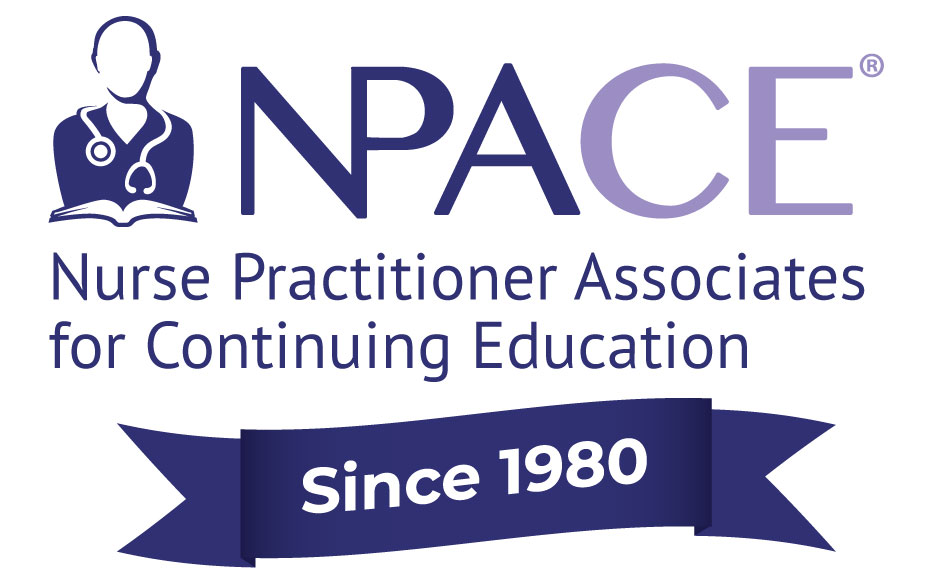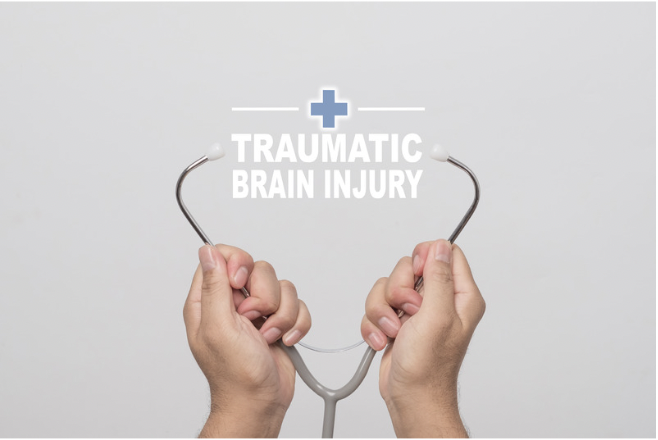By: Amy Bruno, Ph.D., ANP-BC
March is “Brain Injury Awareness Month” and as we spring ahead towards warmer weather, let us take a moment to grasp the significance these injuries have on individuals, communities, and society. It is estimated that there are 64,000 deaths annually in the United States (US) due to traumatic brain injuries (TBIs), and 176 deaths per day.1 The definition of a TBI varies among experts but generally, these injuries result from an indirect or direct blow to the head which causes an alternation in normal brain function.2 A TBI can further be defined as a closed, or open injury, and is classified as mild (concussion), moderate, or severe.1,2 These injuries lead to derangement of cellular, subcellular, and neurobiological changes which have the potential to cause devastating changes to an individual’s neurological, psychosocial, and occupational functioning resulting in possible lifelong disability.2 Perhaps no greater type of injury has the potential to change a person’s sense of self like a TBI.
Who is most affected by a TBI? While anyone is at risk, the majority of TBIs occur at opposite ends of the age spectrum. Adolescents between ages 15-19 and adults ≥ 65 and older are most likely to suffer a TBI.3 In 2020, adults aged ≥75 had the highest rates of hospitalization and deaths due to a TBI.1 Males are twice as likely to be hospitalized and three times more likely to die due to a TBI as compared to females.1
In the US, the most common causes of TBIs are unintentional falls, suicide (typically caused by firearms), and motor vehicle crashes (MVCs).4 In 2020, suicide and unintentional falls were the top causes of death due to a TBI.4 Older adults are disproportionately affected by unintentional falls and about half of the TBI-related hospitalizations are due to this. It is imperative that health care providers (HCPs) who care for older adults be cognizant of the significant morbidity and mortality associated with TBI-related falls. Injuries are frequently missed or misdiagnosed in this population due to other underlying health issues.1 Older patients should be screened regularly for fall risk including a home safety assessment and mitigating risks, such as minimizing polypharmacy and maximizing home exercise interventions to improve balance.4
It is also vital that HCPs recognize other vulnerable groups who are at a higher risk of TBI and who experience disparities in prevention, education, diagnosis, treatment, and health outcomes. In the US, American Indian and Alaska Native children, Non-Hispanic Black and Hispanic individuals, our Veterans, the unhoused and incarcerated population, and survivors of intimate partner violence are at greater risk of sustaining a TBI and are less likely to receive a prompt diagnosis, rehabilitation, and follow up care leading to significantly poorer health outcomes.1,4
As HCPs, we must increase our engagement in TBI risk reduction and education and prioritize assessment of those individuals who face the highest chance of adverse health consequences and disability due to these devasting injuries. Let us commit this month to further our personal brain injury awareness education.
References
- Traumatic Brain Injury & Concussion. Centers for Disease Control and Prevention. Updated December 15, 2022. Accessed March 17, 2023. https://www.cdc.gov/traumaticbraininjury/index.html
- McAllister, T. W. Neurobiological consequences of traumatic brain injury. Dialogues Clin. Neurosci. 2011; 13(3): 287-300. Doi.org/10.31887/DCNS.2011.13.2/tmcallister
- Traumatic Brain Injury. National Institute of Health (NIH). Updated January 5, 2022. Accessed March 19, 2023. https://www.ncbi.nlm.nih.gov/books/NBK459300/
- Peterson, A.B., Zhou, H., Thomas, K.E. Disparities in traumatic brain injury-related deaths. Safety Res. 2022; 83: 419-426. doi:10.1016/j.jsr.2022.10.001

